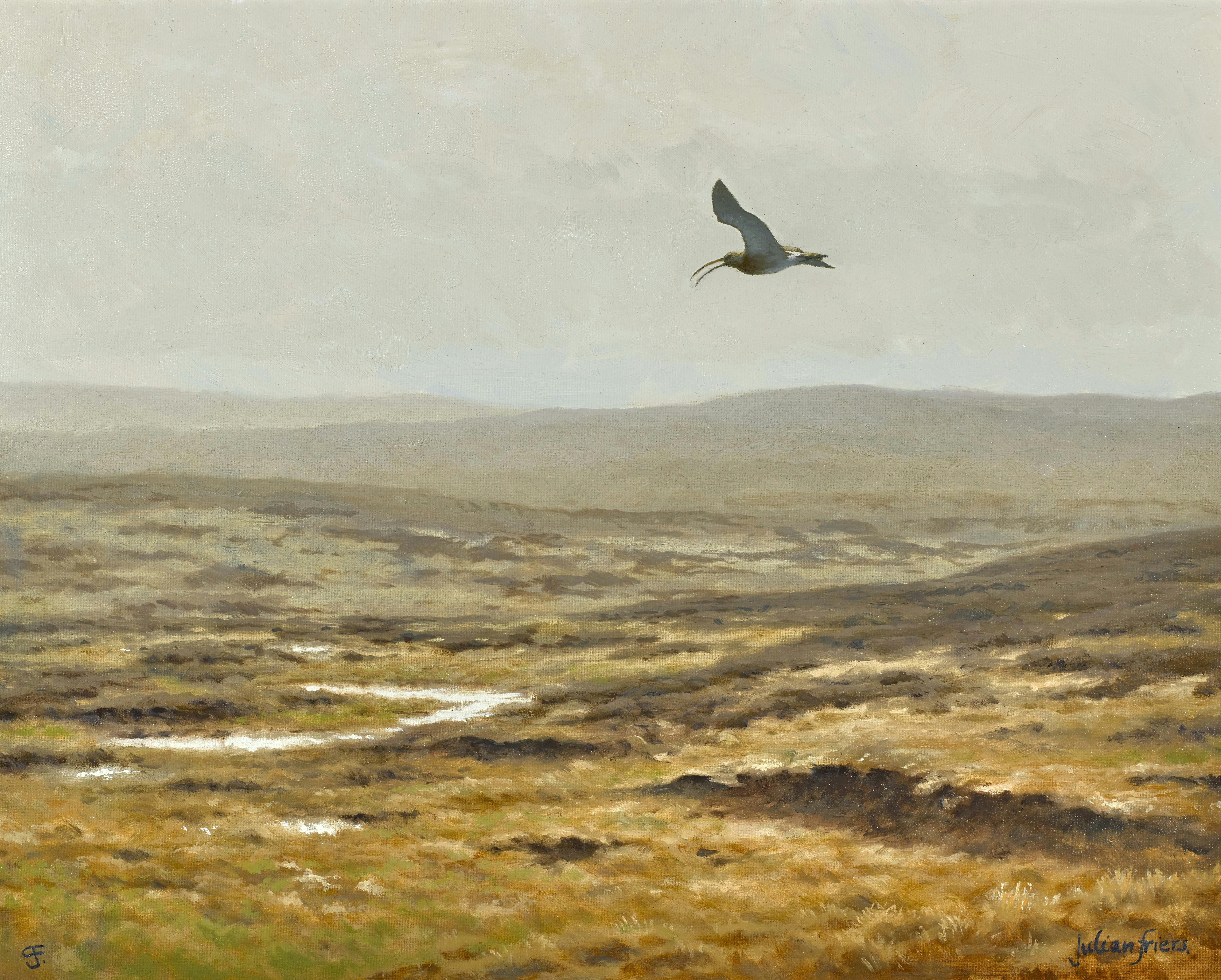Julian Friers (b.1956)
Last Verse (2020)
Wildlife painter Julian Friers was born in 1956 in Bangor, Co.Down. It was through his Father, a wood sculptor who had an interest in the natural world, that Friers developed the love of wildlife that was to shape his career in art. But even before the first forays into the world of birds and mammals there was drawing. That process was a completely natural one in a household that was so inclined towards the visual arts. His Father, Ian, was a wood sculptor, an academician in the RUA and a regular exhibitor in Belfast, and his uncle Rowel was very much a part of Ulster life in his commentary through cartoon. The atmosphere then was shaped by imagery and Friers subsequently found himself at Art College in Belfast in the mid-seventies in what he considered a logical next stage in his education. It proved a difficult time, however, and he left after a single term, intent on learning to paint through his own experience.
He has since exhibited in Japan, USA, Germany, the Netherlands, Canada and the Middle East. His many solo shows include the Smithsonian Museum in Washington, Burj al Arab in Dubai and the Mall Gallery in London. His work is represented in museums and private collections throughout the world. Briers was elected President of the Royal Ulster Academy of Arts in 2009, a position he held for three years.
Since 1990, Curlew numbers in Ireland have fallen by approximately 98%. This bird, that is so synonymous with the wild landscapes of Ireland, is on a steep slide towards extinction as a breeding bird. According to mythology the curlew was granted the ability to conceal, it was said that its nest could never be found by man. Unfortunately that is now becoming the state of affairs, not through effective camouflage, but simply because there are virtually no nests to find. The bubbling song of the Curlew is as distinctive and evocative as the skylark or the cuckoo. The atmosphere of the heathery uplands, quiet bogs and undisturbed lake isles would be much the poorer without it. This painting shows a single bird in early summer issuing the call by which it is named, which, in the words of the artist is “perhaps its last verse”
